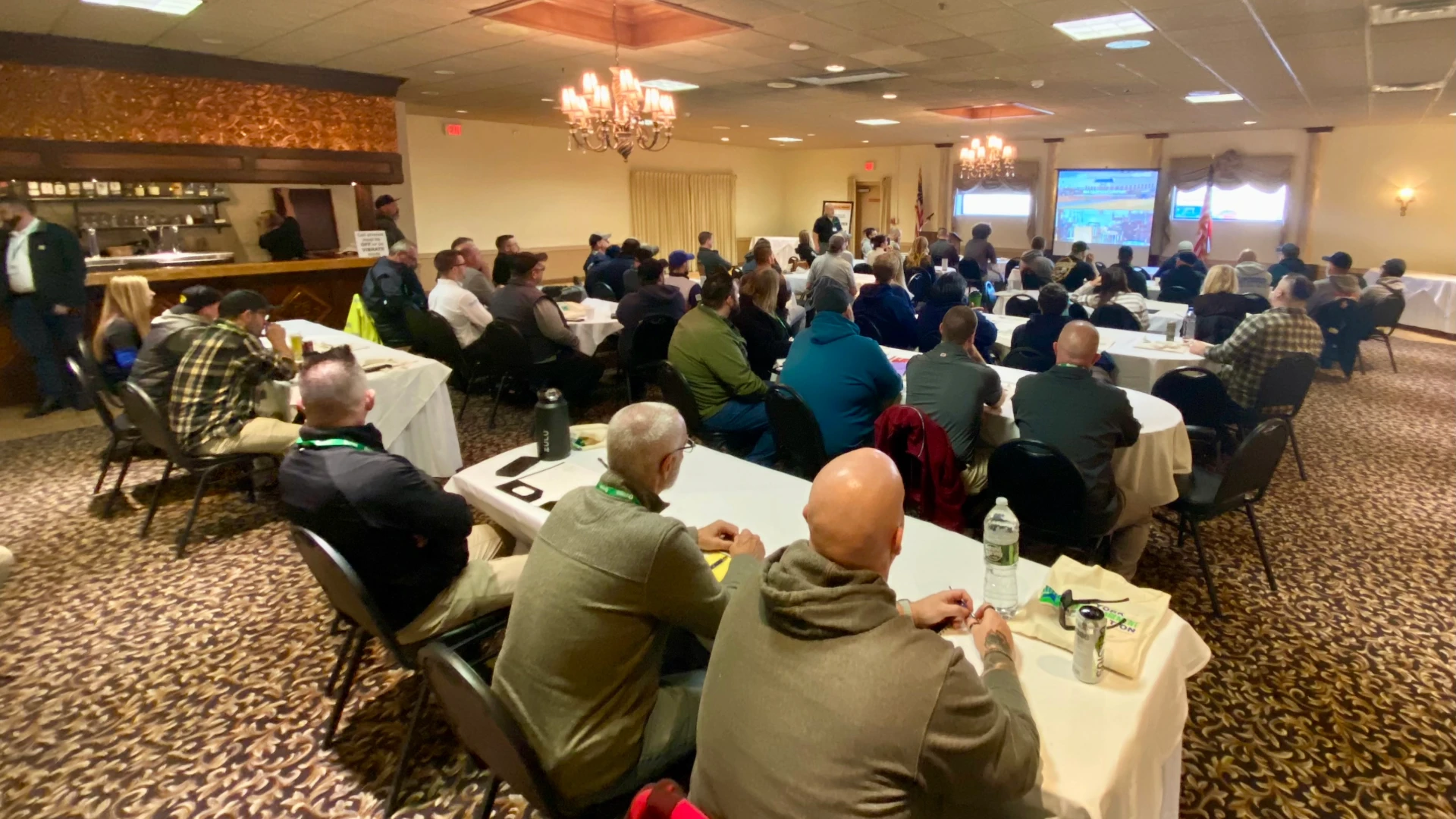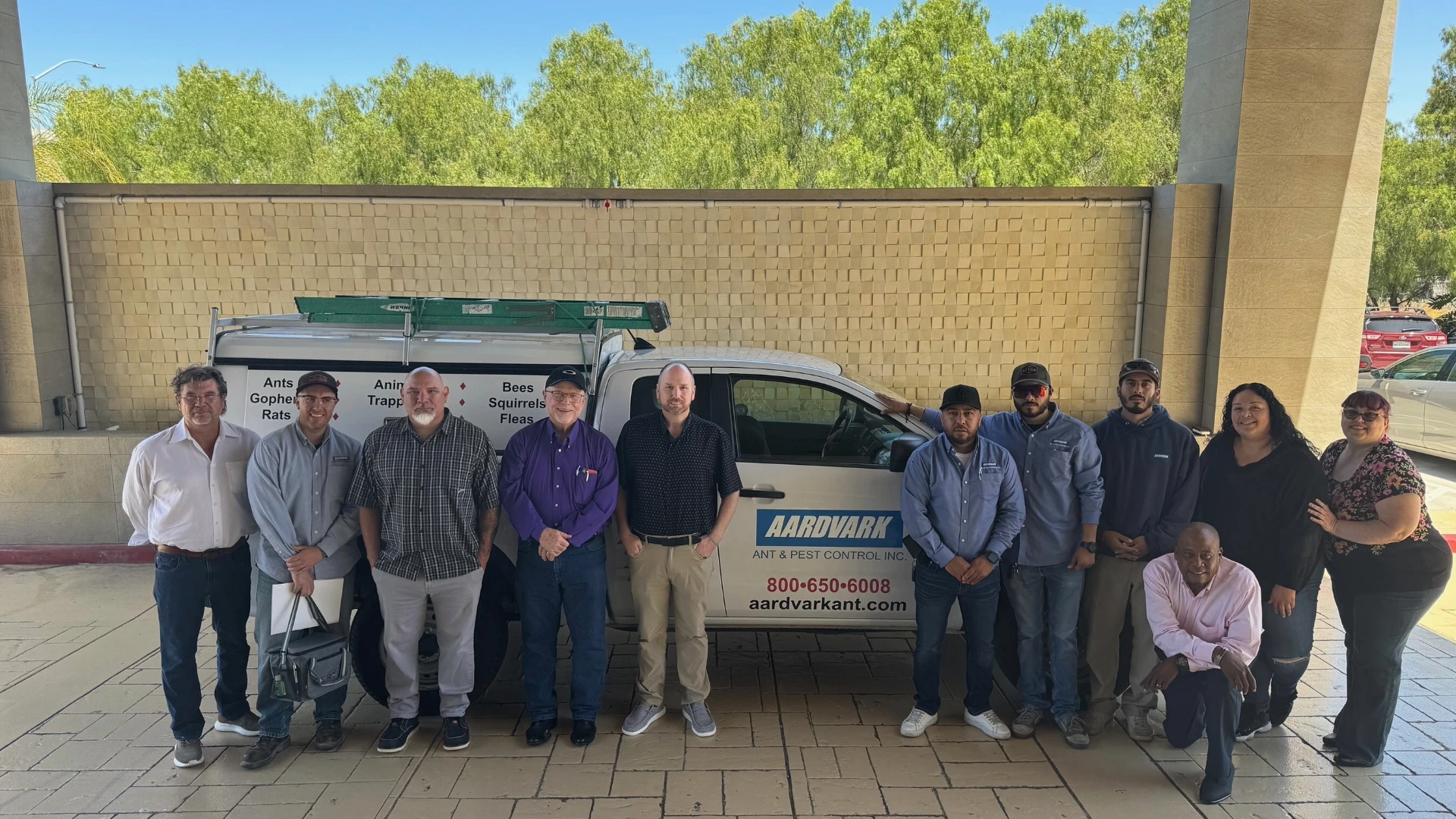Winter is coming — temperatures are declining, landscape is changing, and the world of insects and pest control have definitely slowed down. But, there’s still plenty of work to do for your equipment and for you.
WINTERIZE YOUR TRUCK. Make sure your truck is ready for harsh and cold conditions.
- Check to make sure anti-freeze and other fluids are at the appropriate level.
- Inspect your tires for adequate tread and proper inflation.
- Confirm you have a first aid kit, spill kit, reflective triangles and fire extinguishers.
- If you reside in a northern state, do you have your winter car emergency kit? Your kit should include a blanket, snacks, water, gloves and warm clothes.
- Keep an extra supply of windshield washer fluid — you’ll go through it a lot faster than usual.
- An old-timer once told me to carry candles and matches for warmth. Put the candle in a coffee cup, which will supply both light and surprising warmth.
- Keep your gas tank full — don’t let it fall below a quarter of a tank in the winter.
- Have your battery checked. You don’t want to find out you have a bad battery by letting it die and getting stranded. The only accurate way to detect a weak battery is with professional equipment. Auto parts stores offer free testing!
WINTERIZE YOUR EQUIPMENT.Your equipment also needs to be prepared for cold weather.
- Make sure all seals and hoses are in proper working order.
- Drain all spray equipment at the end of the day! Don’t be “that tech” who replaces equipment because you left the tank pressurized with pesticides in the tank. You don’t promote a professional image with duct tape around the wand of your sprayer.
- Clean and store equipment that won’t be needed during the winter.
- If liquid pesticides freeze, allow them to thaw and re-agitate before use.
WINTERIZE YOURSELF. Take some time to educate yourself before spring rolls around.
- The winter is a good time to review labels for products you commonly use.
- Pull that certification card out of your wallet and check the date. Don’t wait until the last minute to get your manual, study and take the exam.
- Educate yourself! I’m currently reading PCT’s “Technician’s Handbook: A Guide to Pest Identification & Management,” and “The Ratcatcher’s Child: The History of the Pest Control Industry.”
- Of course, “Truman’s Scientific Guide to Pest Management Operations” is always a good way to learn.
- Get that certificate! Your resume will look great for that next promotion if you are NPMA Food Plant-certified, for example. I also would recommend taking the Purdue IPM course. They offer many pest management courses that are challenging, but very rewarding.
It takes a little thought and preparation to be ready for the next season. But the time invested pays great dividends in stress-free, reliable equipment performance and personal development that strengthens your career prospects year-round.
Shane McCoy has a master’s degree in entomology with 22 years of experience. He is currently the chair of the Copesan Technical Committee and the director of quality and technical training for Wil-Kil Pest Control, Sun Prairie, Wis. He also has 12 years of pest management experience with the U.S. Air Force.

Copesan is an alliance of pest management companies with locations throughout North America. To learn more, visit www.copesan.com.

Explore the November 2017 Issue
Check out more from this issue and find your next story to read.
Latest from Pest Control Technology
- Podcast: Voice for Pest's AI-Powered Solutions
- PCOs Share Advice for Those Entering the Wildlife Control Market
- Listening for the Right 'Buzz' Keeps Mosquitoes from Mating with Wrong Species, Research Finds
- Xcluder Adds X-Plate to Line of Products
- Northwest Exterminating Acquires Gilstrap Exterminating
- Tracking Rats in Crawlspaces
- Process of Elimination During Fly Inspections
- Cascade Pest Owner Treftz Encourages Continued Education Through ESA’s A.C.E. Program





